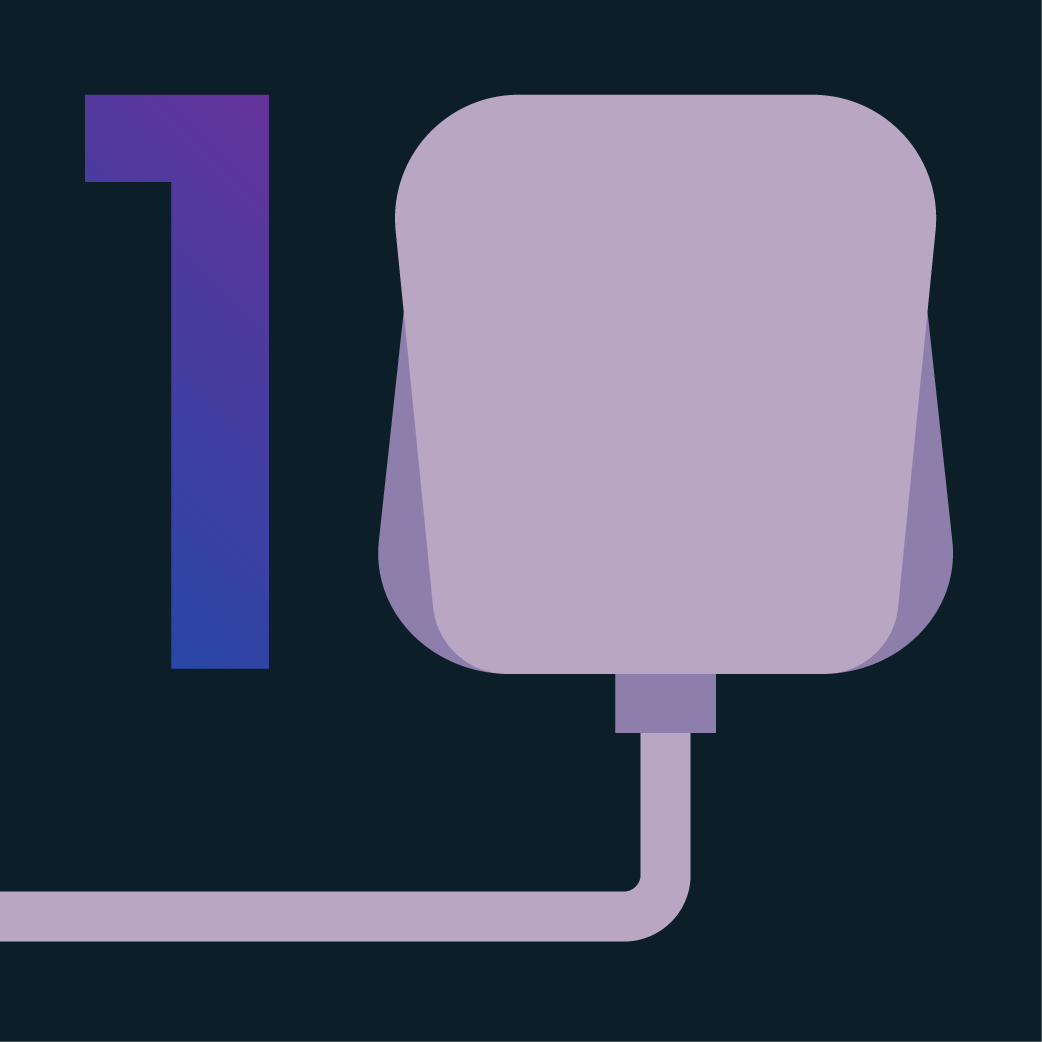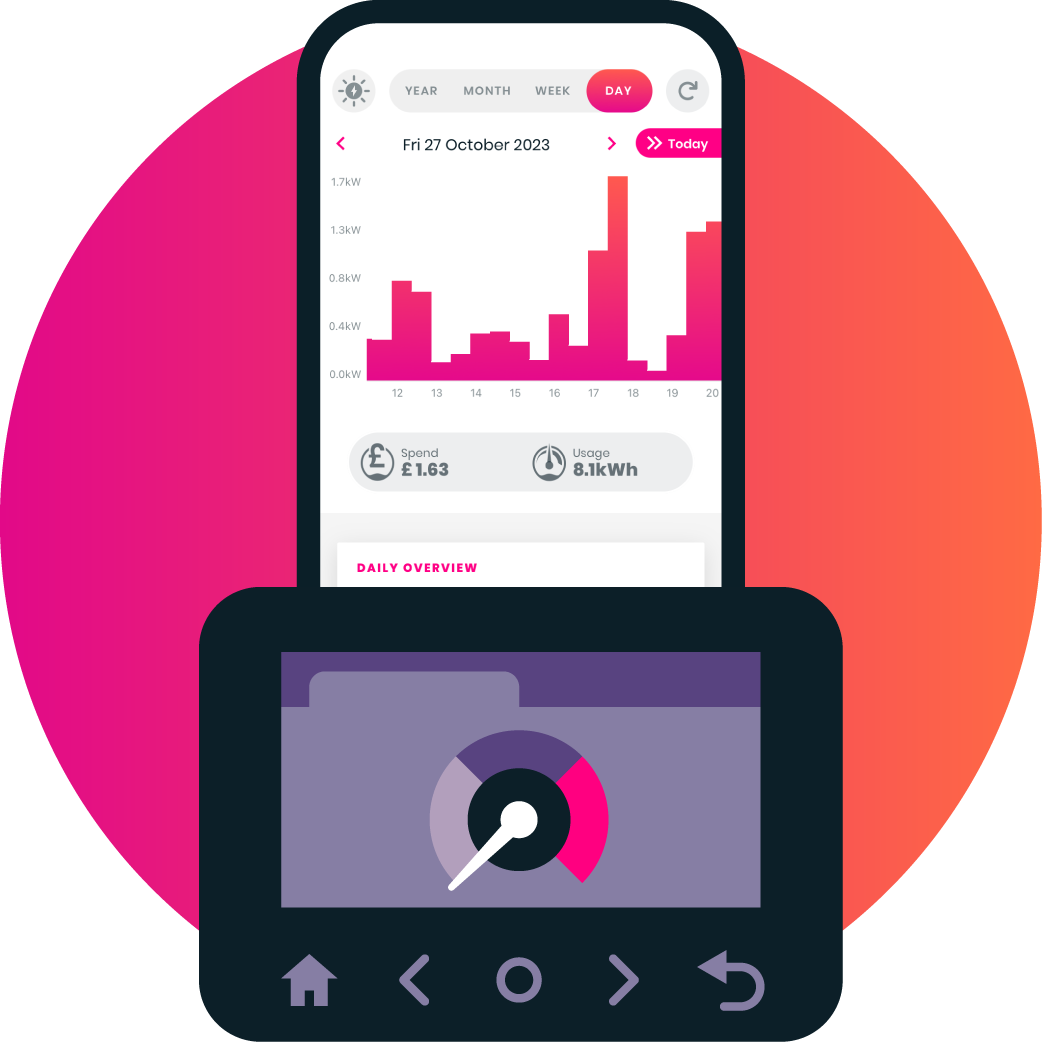Why Is My Energy Bill So High?
Uncover the reasons behind your soaring energy costs. Adopting some simple habits can help you manage and reduce them.
Take Control of High Bills
Are you startled by a skyrocketing energy bill? The frustration of unexpectedly high energy costs can be overwhelming. Understanding why your bill has surged is the first step towards gaining control over your expenses. Numerous factors contribute to elevated energy bills, from appliance usage and seasonal variations to inefficiencies in your home.

Impact of Old Appliances
The age of your appliances can heavily influence your electricity bills. Consider upgrading to more energy-efficient models; they consume less energy, often have a longer lifespan, and should require less maintenance. Upgrading now can unlock long-term savings.
When you’re in the market for a new appliance, check its energy label. It shows you how much energy the appliance uses compared to similar models. Look for the highest rating on the A-G scale, or A+++ to G scale for older models.
Also, consider the size of the appliance, as different sizes with the same rating could use varying amounts of electricity. Always opt for the product with the best energy rating for the size you need.

Tumble Dryers
This is your biggest opportunity to save. Notorious for their energy use, older models could cost over FOUR TIMES as much to run as a new low-energy heat pump dryer. If you use your dryer four times per week, payback could be as quick as TWO YEARS, so don’t delay!

Fridge/Freezers
You’re probably spending around £62 a year here but choosing an A-rated unit over an F-rated one can halve your spend. Remember, keeping them full helps keep costs down as it’s hard to cool empty space – if you don’t have enough food in there, just add containers of water.

Washing Machines
If you switch from a D to an A-rating, you’ll save £8 over the year, but whichever machine you have, you can save 40% by washing at 30 degrees rather than a hotter cycle.

Dishwashers
These account for about 8% of an average electricity bill, or about £61 a year. A-rated dishwashers save around £30 and use less water – another win. The eco setting always uses less power and is better than washing by hand.

Ovens and Hobs
For maximum efficiency, choose A+++ rated gas and electric ovens. Air fryers are popular for a reason – they are genuinely a quicker and cheaper alternative, costing just 15p to run a 1,000W air fryer for 30 minutes compared to 21p for an A rated electric oven.

Lightbulbs
No, it’s not all about appliances. Switch your incandescent and halogen bulbs to super efficient LEDs. They cost more, but it’s a price worth paying – lighting makes up about 11% of your bill but you could save £10 per year for each bulb you swap.
Uncovering Phantom Load
Many of us have appliances and gadgets continuously plugged in and switched on, needlessly draining energy without us necessarily realising. This wasted energy makes up around 30% of the average energy bill.
Some appliances, like a fridge or freezer, need to be left on all the time. But many appliances are left on that don’t need to be. This background electricity use is known as your ‘Phantom Load’. It can be categorised in three ways.

Modern electronics or appliances left plugged in or on standby.
Turning devices off rather than leaving them on standby is a good idea as they still continue to use energy. But with modern electronics, the savings are relatively small.

The things you know are on but don’t know what they’re costing.
Do you know how much your electric towel rail costs you each day (a 1kW unit without a thermostat would be £6.96 PER DAY!)? Or those halogen spotlights? Once you know this information, you can then make smart decisions about using your things more efficiently.

Forgotten-about appliances, particularly old electronics and old appliances left plugged in or on standby.
Easy-to-forget things, like extra fridges, set-top boxes and old computers can fly under the radar and continue to use energy without you realising. Switching off these appliances can result in the biggest savings.
Some of the biggest energy-wasting culprits to look out for include old or faulty set-top boxes, which could cost £115 on standby for a year, and extra fridges which could be adding an extra £74 to your yearly energy bill. Read more about Phantom Load, including the costs of some common culprits here.

“Many people I speak to are really worried about their energy bills. The reality is that the only way we can lower them is to reduce the amount of energy we use and the key to that is measuring our usage. Understanding whether your Phantom Load is low, medium or high is the first step towards reducing your electricity consumption and can lead to big savings.”
Expert advice from the Energy Doctor

Addressing Inefficient Homes
If your home isn’t very energy efficient – perhaps because it’s old and poorly insulated – it can be hard to keep your energy bills down for both electricity and gas. However, there are plenty of changes you can make at relatively low cost.
A quick and easy win is to replace any halogen or incandescent lightbulbs with LEDs. For every bulb you swap, you could save £10. It no longer makes sense to wait until old bulbs break.
To keep hold of the heat you’re paying for in colder weather, insulate hot water pipes, use draught-proofing tape around windows and doors, regularly bleed your radiators and lower your thermostat. Turning your heating down by just 1 degree can cut your gas bill by 10%. Reducing your boiler flow temperature could save you 12%,
For bigger, long-term savings, check you have the recommended 27cm of loft insulation. An uninsulated home loses around a quarter of heat through the roof, so make sure to top it up yourself or pay a professional to do it for you.
Many homes will qualify for 90% subsidies on insulation upgrades through the Great British Insulation Scheme. We’ve teamed up with insulation experts InstaGroup to make your insulation upgrades as easy as possible. Find out more in this blog article, which includes a handy checker to see if you qualify and a form to request a free consultation from InstaGroup.

Billing Error Checks
If your energy bill is suddenly much more expensive, then perhaps there’s another problem – you might have a billing error.
If your bill is based on estimated readings, compare these figures against your actual meter. If the estimate is much higher than what you’ve used, then contact your energy company with your meter readings and have a more accurate bill reissued.
Another time when you might be hit by a seemingly high bill is if you’ve just moved from estimated billing to accurate billing – like if you’ve had a smart meter fitted. If you were paying less than you should while you were on estimated billing, then your new accurate bill may seem expensive.

Keep Track of Energy Costs
If you don’t know how much energy you’re using and what it’s costing you, then it’s hard to control it. This can result in higher bills. Research has shown that simply seeing the cost of what you’re using can easily cut your energy bill by 5%. It’s called the “Feedback Effect”.
Using an energy-saving tool like Loop that’s linked to your smart meter makes it easy to keep track of what you’re using and what you’re spending on energy. When you can track how your home uses energy, you can spot where to make the biggest savings. Not only will this focus your energy-saving effort, you’ll no longer get the dreaded energy bill shock.








